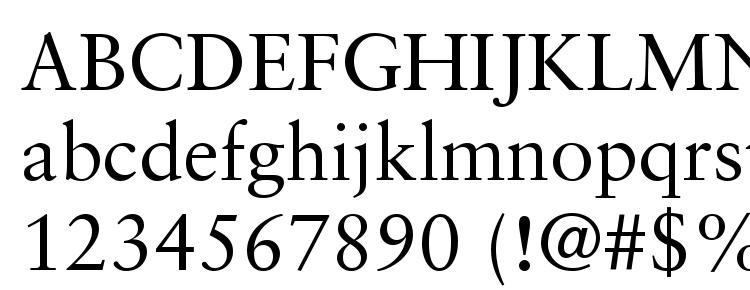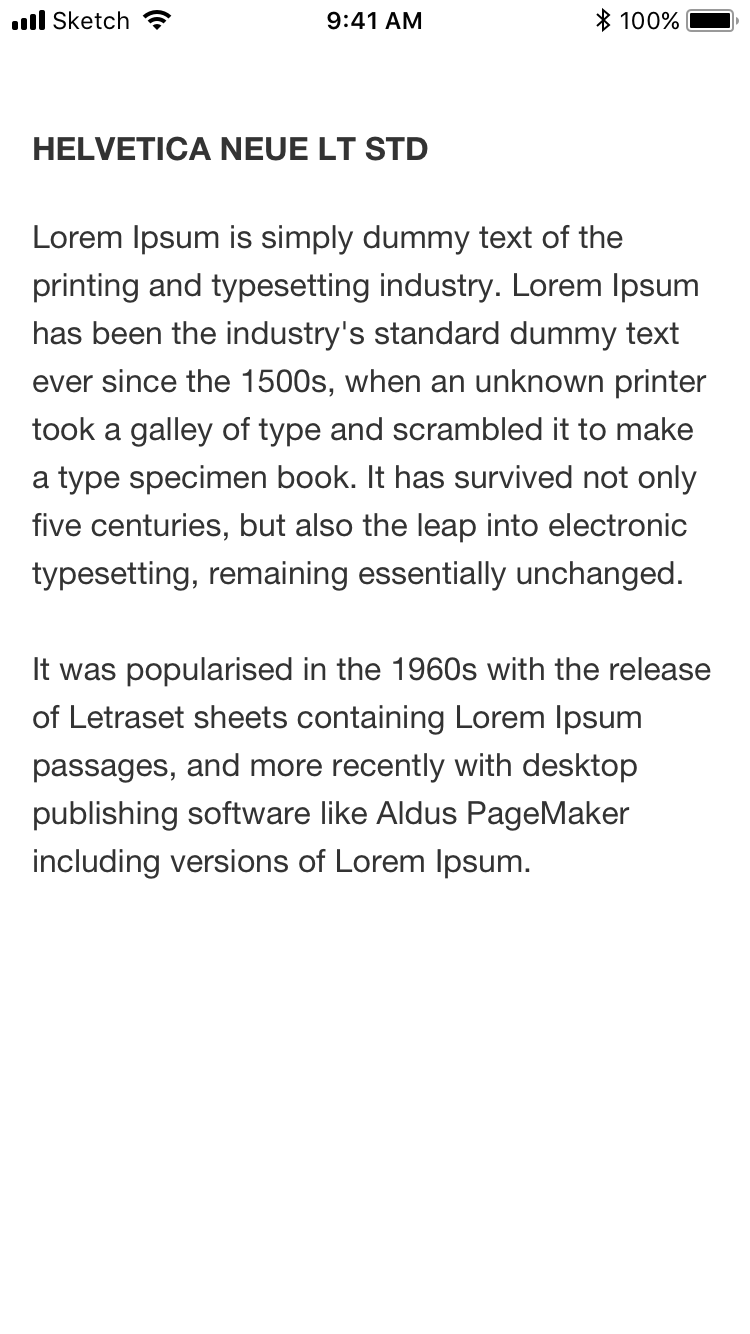


Sabon LT Std Roman Font Free for Maс OS: Install Instructions. Modern versions of Times New Roman have a glyph for “ẞ”, old versions don’t (U+1E9E was added in Unicode version 5.1, in April 2008).Download more fonts similar to Sabon LT Std Roman Typeface in Category: basic, various Strauß, when names are written in all-uppercase. In normal German orthography, “ß” maps to “SS” (two copies of normal letter “S”) in uppercasing, but nowadays Unicode also has U+1E9E, to meet the need to preserve differences in spelling, as in Strauss vs. However, if the text is interpreted as really being in uppercase, with letters other than the first one represented using small caps, and if “SS” is then interpreted as or replaced by the uppercase form of “ß”, then it’s “ẞ” U+1E9E LATIN CAPITAL LETTER SHARP S. Anyway, the “character” in your second comment is U+E03F, a Private Use code point apparently used for small caps “ß”, CFF glyph id germandbls.sc, in Sabon. Presumably, some conversion between “ss” and “ß” is taking place somewhere.

This still does not explain what is happening, since the string contains “Broussonet” in that sense, with “ss” represented by two copies of the Private Use code point that is used for small caps “s” in Sabon. This is somewhat weird, since normally small capitals are nowadays included as glyph variants selectable using OpenType features rather than Private Use code points, which are non-portable by definition. The copied string contains Private Use code points that Sabon seems to use for small capitals. For the word you mention in a comment, this would make little sense, because Broussonet was a French naturalist, and French does not use “ß” (and German does not use “ß” for foreign names), so the few occurrences of “Broußonet” that Google finds must be odd misspellings. This is a bit of a mystery, but I think that the glyph that you are seeing is a small capital glyph for “ß” U+00DF LATIN SMALL LETTER SHARP S, often called “German double s”.


 0 kommentar(er)
0 kommentar(er)
